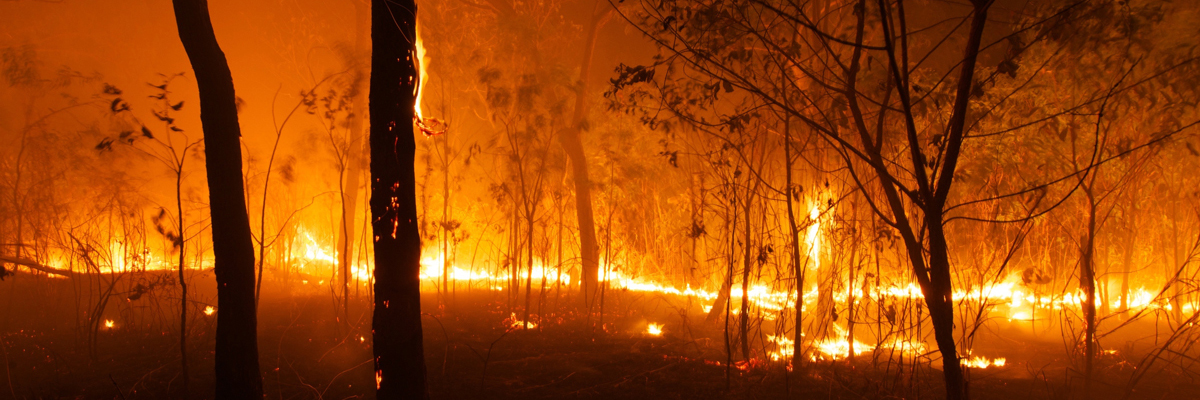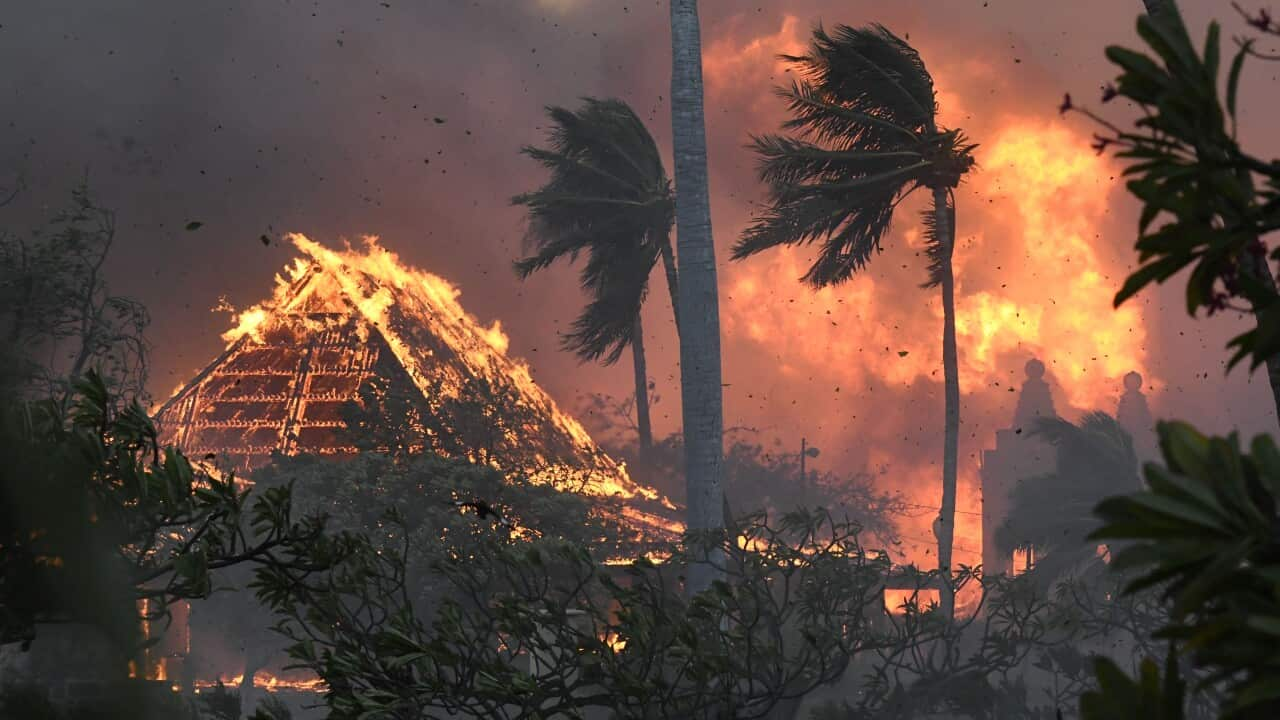From Analysis to Activity: Utilizing Your BAL Report to Reduce Bushfire Ris
Wiki Article
Navigating Shrub Fire Protection Regulations With BAL Record
In the realm of building growth and homeownership, browsing bush fire protection policies is critical for making certain the safety and conformity of structures in high-risk areas. Central to this undertaking is the Bushfire Strike Level (BAL) record, a crucial document that assesses the potential direct exposure of a building to bushfire. Understanding how to translate and apply the information contained within a BAL record can considerably influence the layout, construction, and maintenance of structures. By diving into the intricacies of BAL analyses and their effects for constructing conformity, stakeholders can proactively manage bush fire risks and guard homes versus possible dangers.Comprehending Bush Fire Protection Laws
To successfully browse the intricacies of bush fire defense policies, it is important to have a clear understanding of the regulating guidelines and demands in position. Bush fire protection laws are essential for protecting homes and lives in locations vulnerable to bushfires. These regulations develop the requirements and protocols that homeowner must abide by in order to mitigate the dangers related to bushfires.
Significance of BAL Evaluations
Recognizing the importance of BAL assessments is pivotal in making sure conformity with bush fire protection regulations and efficiently minimizing the risks related to bushfires. BAL assessments, which figure out the Bushfire Attack Degree of a property, are vital for making appropriate bush fire defense steps customized to the details threat account of the website. By evaluating variables such as plant life kind, range to potential fire hazards, and incline of the land, BAL assessments supply beneficial insights into the degree of threat a property deals with during a bushfire occasion.

Ramifications for Structure Compliance
Browsing through building conformity requirements in accordance with BAL assessments is necessary for making certain frameworks are appropriately strengthened versus the risks posed by bushfires. Structure compliance describes sticking to the requirements and laws stated to improve the security and strength of buildings in bushfire-prone locations. The ramifications of structure compliance in connection with BAL evaluations are significant. Structures that stop working to fulfill the necessary conformity standards are at a greater threat of enduring damage or devastation during a bushfire event. This not only threatens the passengers yet likewise poses a danger to the surrounding setting.Guaranteeing building compliance involves mindful planning, construction, and maintenance to mitigate the potential impact of bushfires - BAL Report. It like this calls for a thorough understanding of the BAL rating appointed to the property and implementing the suitable measures to enhance its fire protection abilities. Non-compliance with structure laws can result in lawful effects, insurance issues, and most notably, jeopardize lives. For that reason, taking structure conformity seriously and integrating BAL evaluation results right into construction practices is essential for safeguarding buildings in bushfire-prone regions.
Taking Care Of Shrub Fire Risks Properly
Provided the important relevance of structure conformity in fortifying frameworks against bushfire dangers, effectively managing these risks calls for a comprehensive technique that focuses on aggressive reduction strategies. Clearing combustible plants, producing defensible areas, and ensuring proper upkeep can significantly reduce the danger of fire spreading out to the residential or commercial property. By combining these aggressive procedures, home owners can properly manage bushfire dangers and enhance the safety and security of their residents and structures.Practical Tips for Homeowners and Developers
Successfully taking care of bushfire risks as a property owner or designer demands implementing useful reduction approaches customized to the residential property's specific vulnerabilities and surroundings. Guaranteeing that roofings, wall surfaces, and home windows are built or updated to fulfill relevant bushfire protection standards is important.Furthermore, developing an emergency situation plan and practicing discharge drills with family lessees, workers, or members can conserve lives in case of a see here bushfire. Staying informed concerning regional fire danger rankings, climate condition, and emergency situation informs is likewise vital for making prompt choices to safeguard life and residential or commercial property. Lastly, involving with regional fire authorities, community teams, and experts experienced in bushfire monitoring can give important guidance and assistance in developing thorough bushfire my link security strategies.
Final Thought
To conclude, navigating bush fire security laws with a BAL report is crucial for making certain building compliance and handling bush fire threats efficiently. Recognizing the importance of BAL evaluations and complying with useful pointers can aid house owners and programmers reduce the effect of bush fires. By sticking to these regulations and taking essential preventative measures, individuals can create safer atmospheres on their own and their areas.
Key parts of bush fire security guidelines consist of the Bushfire Assault Degree (BAL) analysis, which determines the level of danger a building encounters from bushfires. BAL analyses, which determine the Bushfire Attack Degree of a home, are critical for making ideal bush fire defense actions customized to the certain danger profile of the website. By reviewing variables such as plant life kind, range to potential fire risks, and incline of the land, BAL analyses supply useful insights into the degree of danger a building encounters during a bushfire occasion.

In verdict, browsing bush fire protection laws with a BAL record is essential for making sure structure conformity and taking care of bush fire risks effectively.
Report this wiki page